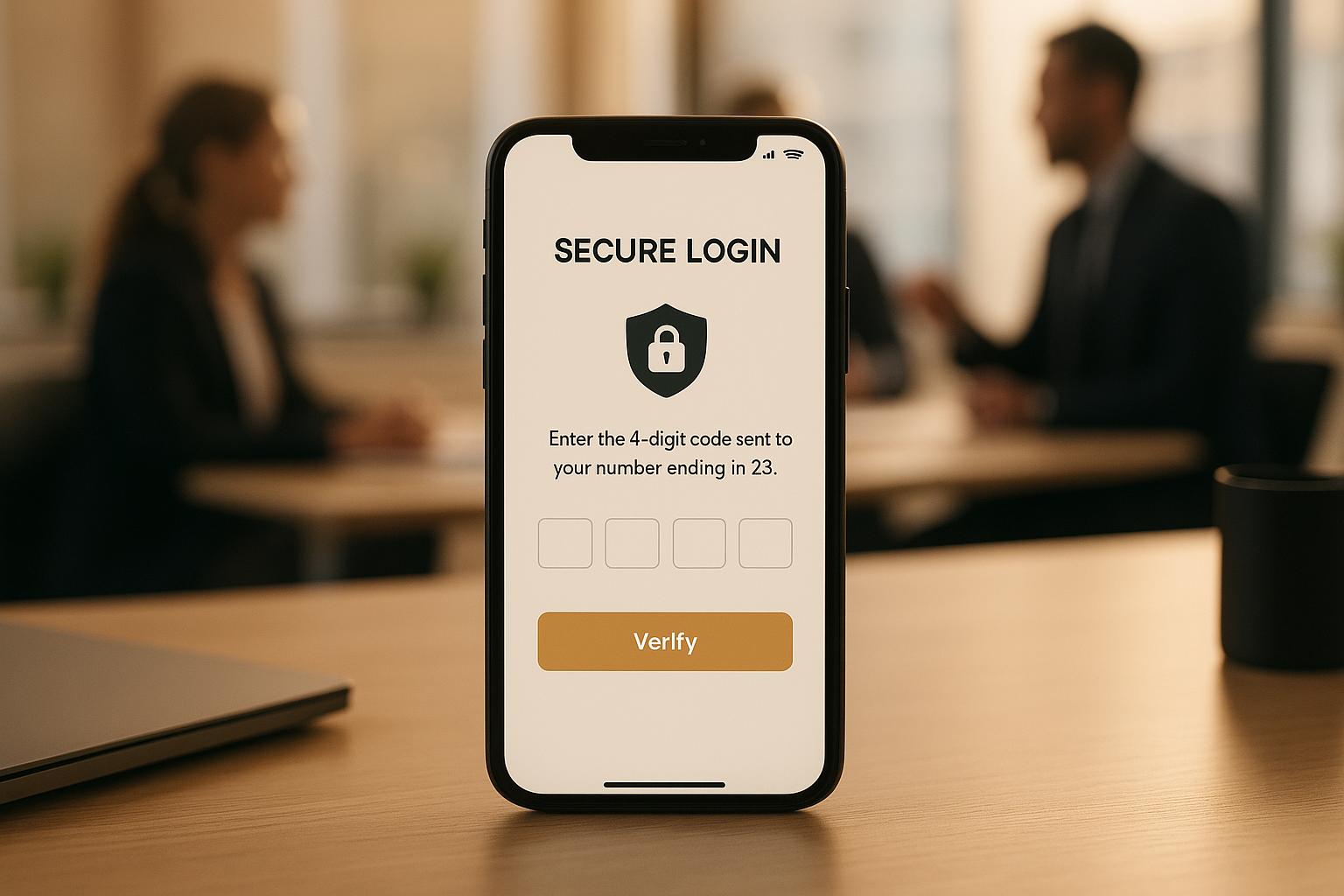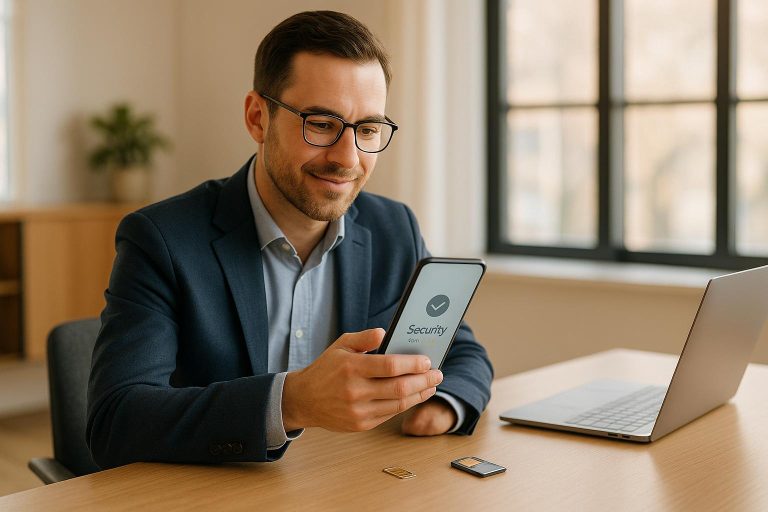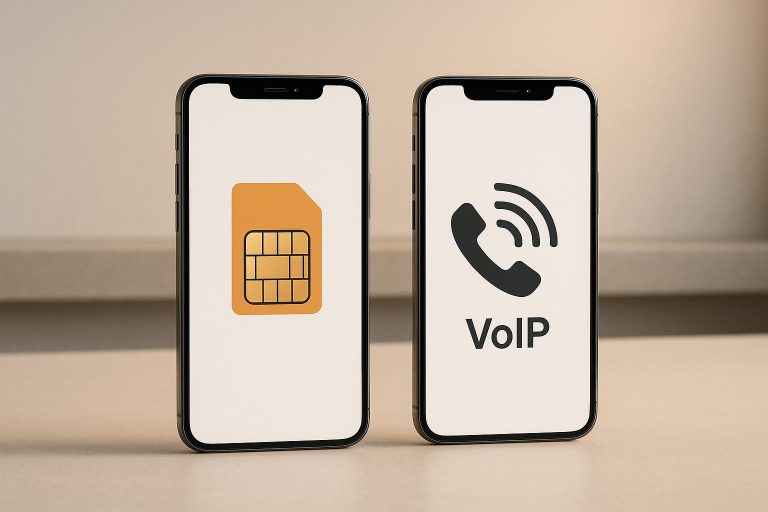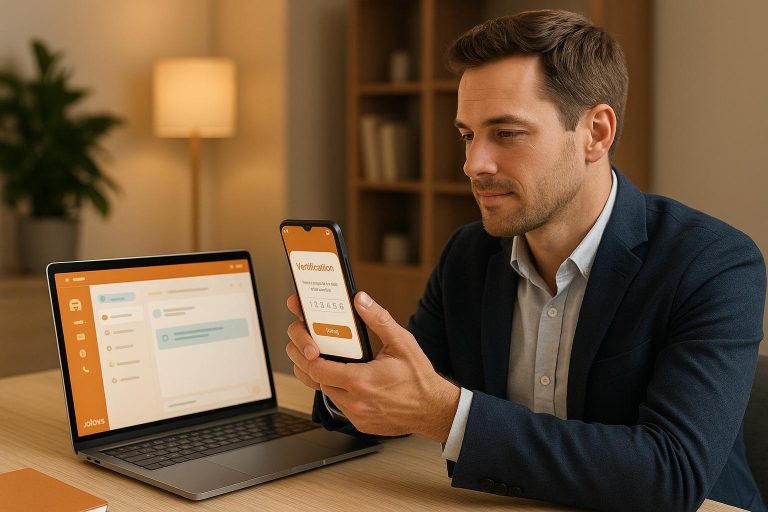Why Uber Blocks VoIP Numbers for Verification
Uber blocks VoIP numbers during account verification to prevent fraud and ensure user authenticity. VoIP numbers, unlike traditional SIM-based numbers, are easier to obtain, harder to trace, and often lack the security measures tied to physical cellular networks. This makes them more susceptible to misuse, such as creating fake or multiple accounts.
If you’re using services like Google Voice, OpenPhone, or Burner, you may face issues because Uber flags these virtual numbers. To avoid verification problems, use a carrier-based phone number connected to a physical SIM card. Services like JoltSMS, which provide real SIM-based numbers, are a reliable solution for bypassing Uber’s VoIP restrictions.
Key points:
- Why VoIP is blocked: Easier to misuse and lacks security tied to SIM-based numbers.
- Commonly blocked services: Google Voice, OpenPhone, Burner, and similar VoIP providers.
- Solution: Use a carrier-based phone number or services like JoltSMS for reliable verification.
If you’re struggling with Uber’s verification process, switching to a traditional phone number is the simplest fix.
Why Uber Blocks VoIP Numbers
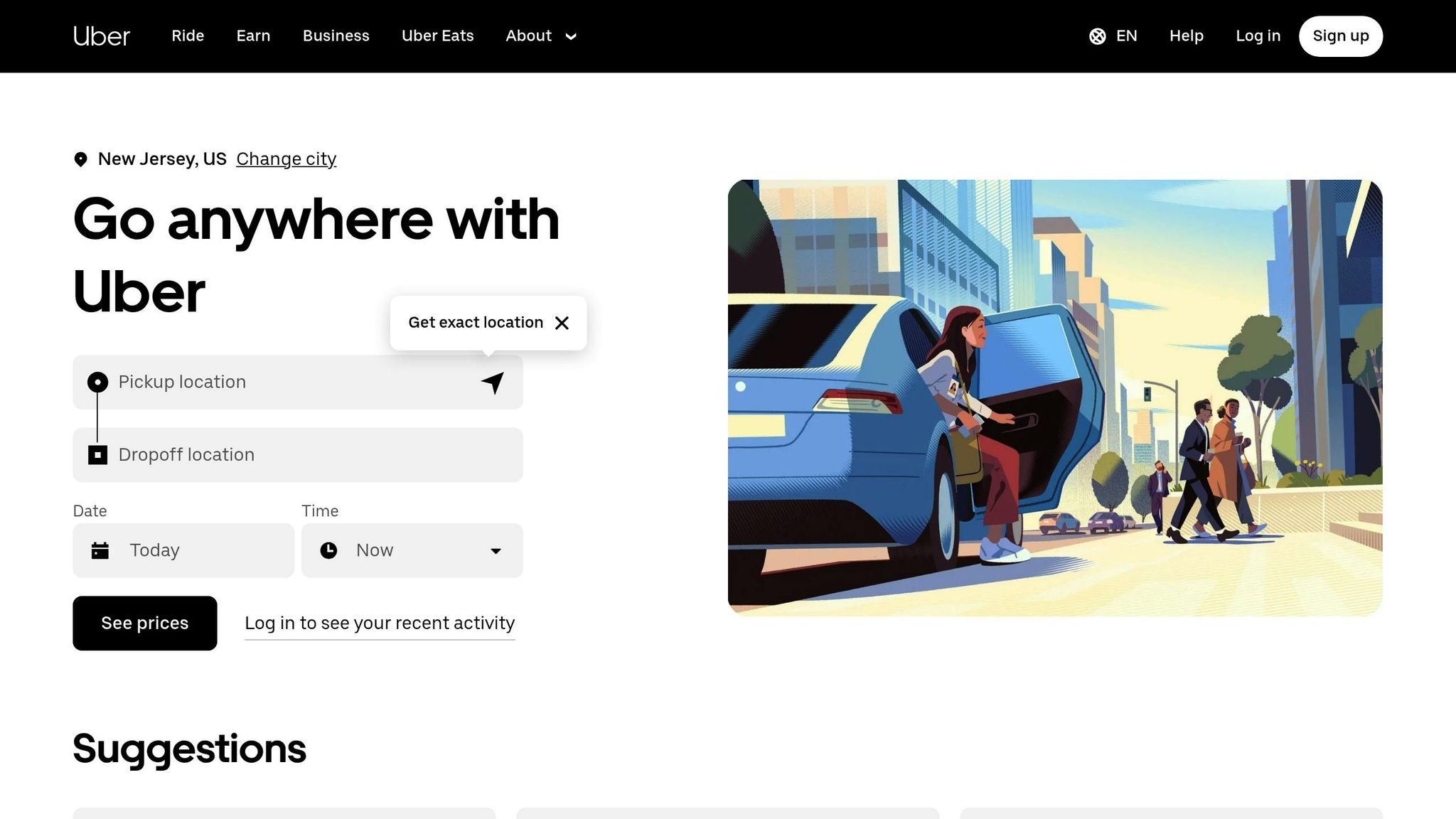
Uber blocks VoIP numbers as part of its effort to keep the platform secure. This policy aligns with Uber’s strict verification process and is influenced by several key factors.
Fraud Prevention Concerns
One major reason for this restriction is fraud prevention. Unlike SIM-based numbers, VoIP numbers don’t rely on physical SIM cards and often lack the exclusivity and privacy associated with traditional phone numbers. Since they can be acquired quickly, shared among users, or even recycled, VoIP numbers are more prone to misuse. Many platforms, including Google, WhatsApp, Telegram, and Tinder, also reject VoIP numbers for similar reasons [1].
How Uber Detects VoIP Numbers
Uber uses advanced methods to verify phone number authenticity. For instance, the platform checks for geolocation mismatches. If the IP address used during verification doesn’t match the expected location of the phone number, it may raise a red flag. While these methods aim to enhance security, they can sometimes mistakenly flag valid numbers [1].
Database Errors and False Blocks
Errors in phone number classification can also lead to problems. When users transfer their numbers between carriers, databases might not update immediately, causing temporary misclassification. As a result, even legitimate SIM-based numbers can be flagged until records are refreshed. To address these challenges, there’s been growing demand for services that provide long-term access to real, non-VoIP numbers for reliable verification [1].
VoIP Services That Don’t Work with Uber
If you’re trying to verify your Uber account using a VoIP number, you might run into some roadblocks. Uber’s system is designed to flag certain virtual phone services, which can make the verification process frustrating. While these services are excellent for business calls, they often fail when it comes to Uber’s SMS verification.
Popular VoIP Services Blocked by Uber
Google Voice is one of the most frequently blocked services. Even though it’s a trusted service from Google, its VoIP technology doesn’t pass Uber’s verification filters.
OpenPhone and RingCentral are highly regarded for business communication, but their VoIP-based setup triggers Uber’s fraud detection algorithms.
Services like Burner and Hushed, which are tailored for temporary or private use, also face rejection. Their virtual nature makes them prime targets for Uber’s blocking mechanisms.
Other options, such as Sideline, Line2, and 2ndLine, are marketed as professional second phone lines. Despite their features, their virtual infrastructure is flagged by Uber’s system.
Even enterprise-level solutions like Nextiva, Dialpad, and 8×8, which are packed with advanced business tools, are not immune to these verification issues.
Why These Services Fail
Here’s a quick breakdown of how these services perform and why they don’t work for Uber’s verification process:
| Service Category | Business Calling | SMS Verification | Why It Fails |
|---|---|---|---|
| Google Voice, OpenPhone | Excellent | Blocked | VoIP triggers fraud detection |
| Burner, Hushed | Great for privacy | Blocked | Temporary numbers raise security concerns |
| RingCentral, Nextiva | Enterprise-grade | Blocked | VoIP numbers lack carrier-level authentication |
| Sideline, Line2 | Professional features | Blocked | Virtual numbers aren’t recognized by Uber’s system |
The issue boils down to the difference between virtual VoIP numbers and traditional carrier-based numbers. While VoIP services are fantastic for business communication, they lack the carrier authentication that Uber’s system requires for SMS verification. Many users mistakenly think the problem lies with Uber, but the real challenge is the nature of VoIP technology itself. For consistent results, stick to a traditional SIM-based number when verifying your Uber account.
How to Fix Uber Verification Problems
The key to resolving Uber verification issues often lies in switching to real carrier-based phone numbers.
Use Real Carrier Phone Numbers
Carrier-based phone numbers, which rely on physical SIM cards and traditional cellular networks, are highly effective at bypassing Uber’s fraud detection systems. These numbers are considered trustworthy because they connect through cellular networks, avoiding the red flags that virtual numbers often trigger.
One example is JoltSMS, which utilizes real-SIM technology with carrier-grade physical SIM cards instead of virtual setups. This approach has enabled them to achieve a 99.9% delivery success rate across more than 1,000 platforms, including ride-sharing services like Uber. With JoltSMS, you get reliable, long-term stability for verification purposes.
Since real carrier numbers are treated as standard mobile numbers, they can help you avoid Uber’s fraud filters altogether. However, if you still encounter issues even with a carrier number, there are additional troubleshooting steps to consider.
Verification Troubleshooting Steps
Sometimes, even with a verified carrier number, you might need to take extra steps to resolve verification issues.
- Wait and try again. If your verification code doesn’t arrive immediately, give it at least 60 seconds before requesting another. Platforms like Uber often send codes in batches, so delays are common. A second request usually resolves the issue if the first attempt was delayed in the system.
- Check for spam flags on your device or browser. If your device or browser has been used for activities that Uber might consider suspicious – like creating multiple accounts – it could silently block SMS delivery. To fix this, try using a clean browser profile or a fresh device.
- Match your IP address to your phone number’s location. Using a U.S.-based phone number? Make sure your IP address also appears to be from the United States. A mismatch between your phone number’s origin and your IP address can trigger security checks that delay or block verification codes.
If none of these steps work, reach out to your phone number provider’s support team. Provide them with details like your phone number, the date and time of your verification attempt, and specify that you’re trying to verify with Uber. Reputable services can usually trace the issue and pinpoint the problem.
Location and Long-Term Considerations
Your geographic location plays a bigger role in Uber’s verification process than you might think. Using a phone number that matches your actual operating region – like a U.S.-based number for signing up in the United States – reduces the likelihood of triggering location-based security checks.
For ongoing account access, keeping the same phone number is crucial. Uber may require re-verification if you log in from a new device or location. If your original number is no longer available, you could face account access issues that require customer service assistance to resolve.
This is where services with minimum rental periods can be a game-changer. For example, JoltSMS offers a 30-day minimum rental period, ensuring your number stays active long enough to handle any re-verification requests. Their auto-renewal feature adds another layer of convenience, preventing unexpected disruptions. Plus, you can cancel anytime without penalties if you no longer need the service.
Privacy matters too. Numbers that are never shared or recycled during your rental period eliminate the risk of receiving verification codes meant for someone else. This is especially important if you’re using the same number for other business verification needs.
sbb-itb-070b8f8
JoltSMS: Real Phone Numbers for Uber Verification
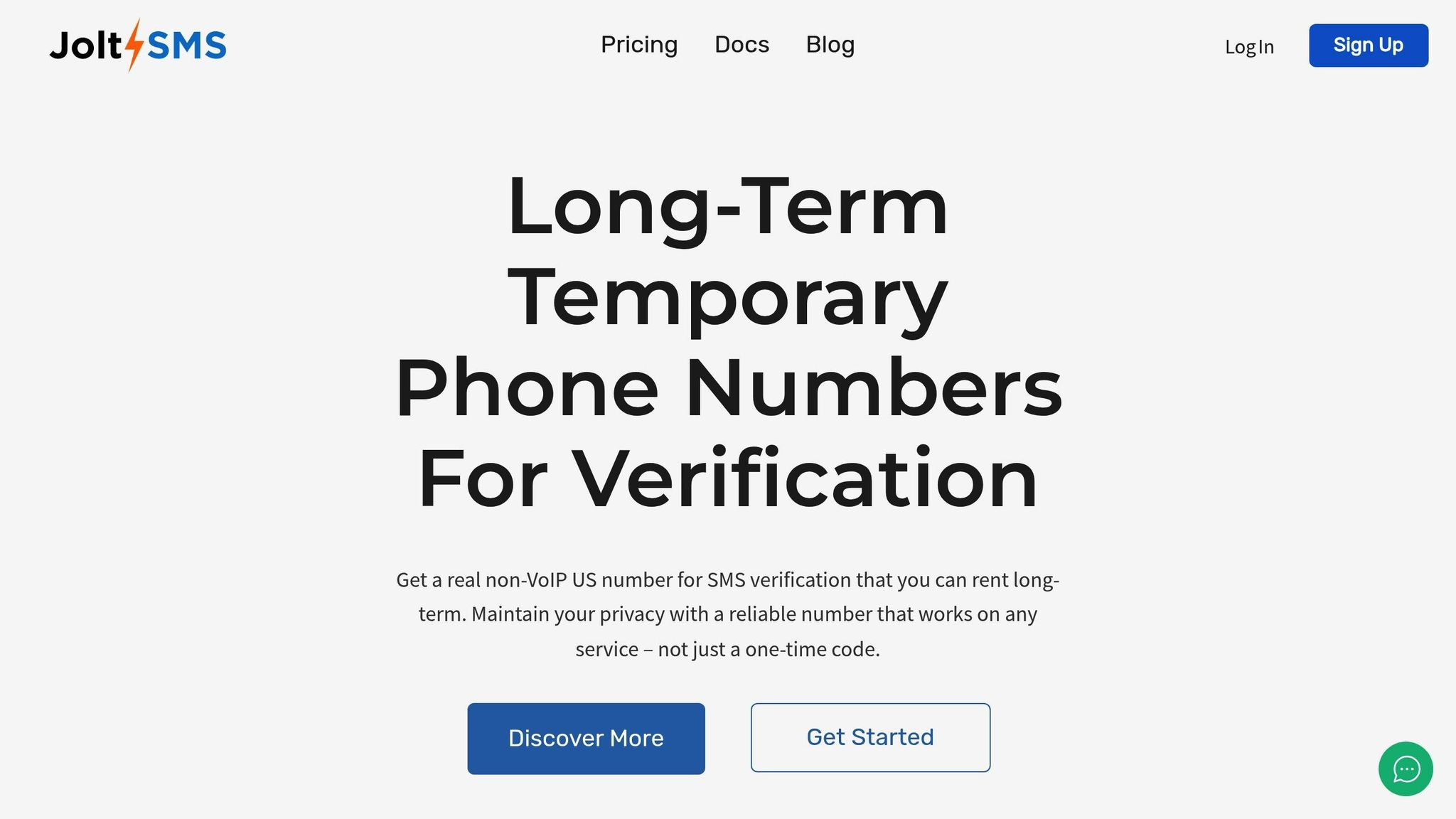
When it comes to verifying Uber accounts, JoltSMS stands out as a dependable solution. Unlike VoIP services that often fail Uber’s verification process, JoltSMS offers a reliable alternative designed to tackle these challenges head-on.
What Makes JoltSMS Different?
JoltSMS relies on real SIM-based technology instead of VoIP systems. By using physical SIM cards connected to cellular networks, JoltSMS numbers function just like standard mobile phone numbers. This setup ensures a 99.9% SMS delivery rate across more than 1,000 platforms that typically reject VoIP numbers [1].
Each number rented through JoltSMS is private and exclusive for the duration of your rental. This eliminates the risk of "cross-contamination" that can occur with shared numbers, offering you peace of mind and consistent results.
These features set the stage for the service’s straightforward pricing and robust functionality.
Features and Pricing of JoltSMS
JoltSMS is available for a flat rate of $50 per month, with no hidden fees. The 30-day minimum rental period ensures your number remains active for Uber’s re-verification needs, and auto-renewal prevents service interruptions. Plus, you can cancel anytime if your needs change.
For businesses managing multiple accounts, JoltSMS offers instant webhook integration with platforms like Slack or Discord. This feature sends verification codes directly to your team’s communication channels, making the process seamless for business users.
"As someone who has multiple VAs managing different accounts, this tool is a game-changer. I use long-term numbers to receive SMS codes directly in a shared Slack channel. It’s incredibly reliable!"
– Michael Waters, Grand Rapids, MI
Additional tools include a real-time dashboard and a REST API for automating workflows. You can track incoming messages, manage renewals, and integrate verification processes into your existing systems. Plus, their 24/7 support team is always ready to assist through a dedicated ticket system.
How JoltSMS Compares to Other Options
JoltSMS prioritizes reliability, especially when compared to VoIP services. While VoIP numbers are great for calls, they often fail verification processes on platforms like Uber. JoltSMS, on the other hand, uses carrier-grade infrastructure to ensure success.
"I tried a few other services first, but they didn’t work. JoltSMS did, and I’ll keep using it."
– Erick Holmes, San Jose, CA
While VoIP services typically cost $10–$30 per month, JoltSMS’s $50 monthly fee reflects the costs of maintaining physical SIM hardware and cellular network access specifically for verification purposes. It’s a specialized service designed for a critical need.
Keep VoIP services for calls, but rely on JoltSMS for verification.
"So happy with this service! Every single one of my phone verifications has been successful. Using a long-term number makes the process completely hassle-free."
– Aaron Dennis, Rochester, NY
In situations where reliable SMS delivery is essential, JoltSMS ensures business continuity. Failed verifications can lock you out of important accounts, but JoltSMS minimizes that risk – even on platforms with strict anti-VoIP policies.
Getting Your Uber Account Verified Successfully
Verifying your Uber account can be straightforward if you use the right type of phone number. Uber blocks VoIP numbers to reduce fraud, so it’s crucial to use a real, carrier-based number for the process.
These SIM-based numbers work on physical cellular networks, making them reliable for Uber’s verification system. If you’re using a U.S. phone number, make sure your connection is through a U.S. IP address. A mismatch between your phone’s location and your IP address can trigger security alerts, complicating the verification process.
If you’ve had trouble verifying your account in the past, your device might have been flagged, which can interfere with receiving SMS codes. A simple fix is to use a fresh browser profile, which can bypass any hidden blocks on your device.
For those facing frequent re-verification requests, services like JoltSMS offer a practical solution with their 30-day minimum rental period. Uber may ask for re-verification during security updates or if it detects unusual activity. Having a stable, long-term number ensures uninterrupted access to your account.
For businesses or teams managing multiple Uber accounts, using dedicated numbers can help avoid issues caused by shared or recycled numbers. With JoltSMS, each number is private and exclusively assigned during its use, ensuring verification codes are delivered securely to the right user.
FAQs
Why does Uber block VoIP numbers during the verification process?
Uber tends to block VoIP numbers because they are generally seen as less secure and more prone to misuse than SIM-based numbers. VoIP numbers are easier to acquire and harder to trace, which makes them a common choice for fraudulent activities.
To bypass this problem, it’s best to use a SIM-based phone number for verification. These numbers are linked to physical devices, making them more dependable and more likely to be accepted by platforms like Uber for added security.
Why does Uber block VoIP numbers for verification, and how can I avoid this issue?
Uber frequently restricts VoIP numbers during verification because they are more vulnerable to spoofing and lack the security of SIM-based phone numbers. Platforms like Uber emphasize security, often requiring numbers linked to physical SIM cards to confirm authenticity.
To bypass this problem, opt for a real SIM-based phone number instead of a VoIP number. For example, services like JoltSMS offer dedicated, real-SIM U.S. phone numbers tailored for SMS verification. These numbers are dependable, private, and widely accepted, helping you complete verification processes without hassle.
Why does Uber block VoIP numbers for verification, and how can JoltSMS help?
Uber and similar platforms often block VoIP numbers during verification because these numbers are tied to temporary or shared services, which can pose security risks. While VoIP numbers work well for calls, they’re frequently rejected for SMS verification due to concerns about reliability and trust.
JoltSMS addresses this problem by offering real-SIM, non-VoIP phone numbers tailored for SMS verification. These numbers are widely accepted – over 1,000 platforms, including Uber, recognize them – because they use carrier-grade SIM hardware. This ensures dependable performance and smooth account verification. With JoltSMS, you can skip the headache of blocked numbers and verify your accounts effortlessly.

